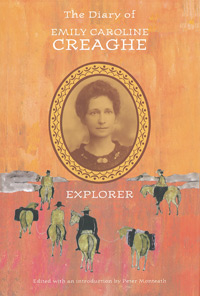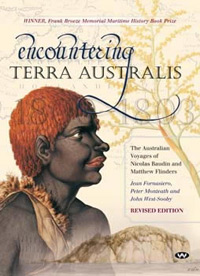Flight to Fame, a classic adventure story, tells the hair-raising tale of the world-first flight from England to Australia, in the words of the pilot, (Sir) Ross Smith.
In March 1919, Australia's prime minister announced a prize of £10,000 for the first successful flight from Great Britain to Australia in under 30 days. Late that same year, the victorious pilots, Ross and Keith Smith, landed in Darwin to international acclaim. The New York Times gushed: 'Captain Ross Smith has done a wonderful thing for the prestige of the British Empire. He must be hailed as the foremost living aviator.' Their achievement was the forerunner to the age of international air travel.
During the race, Ross and his brother Keith (his co-pilot and navigator) wrote in their diaries daily, recording the journey of their four-man crew in their Vickers Vimy G-EAOU twin-engine plane, its open cockpit exposing them to snow, sleet, hail and unbearable heat. Originally published as 14,000 Miles Through the Air (1922), Ross Smith's book recounts their danger-ridden, record-breaking journey - a mere 16 years after the Wright brothers first defied gravity for just a few seconds.
This richly illustrated edition, published to coincide with the flight's centenary, is introduced and edited by historian Peter Monteath.

















